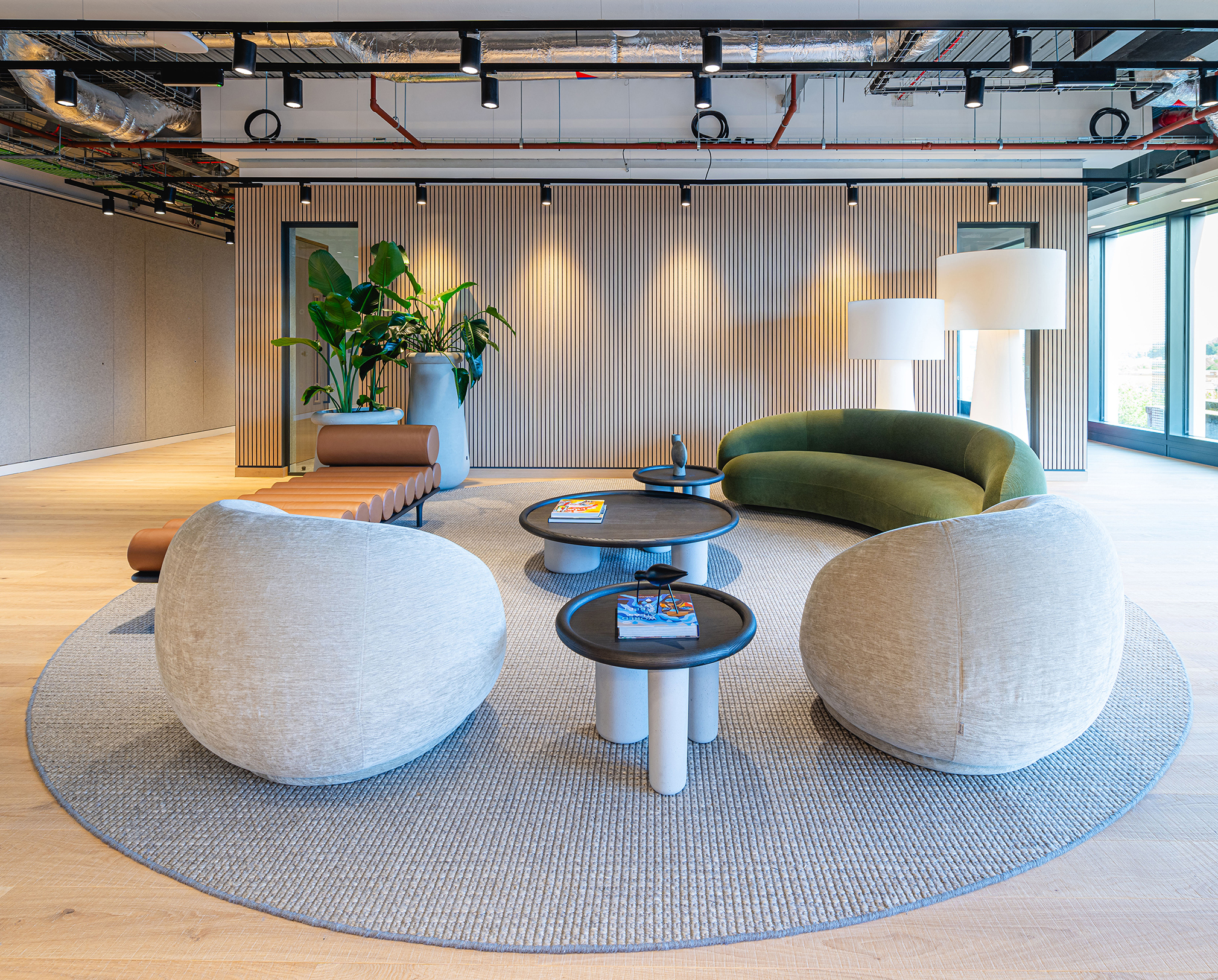
Panel Systems vs Individual Slats: 12 Key Advantages
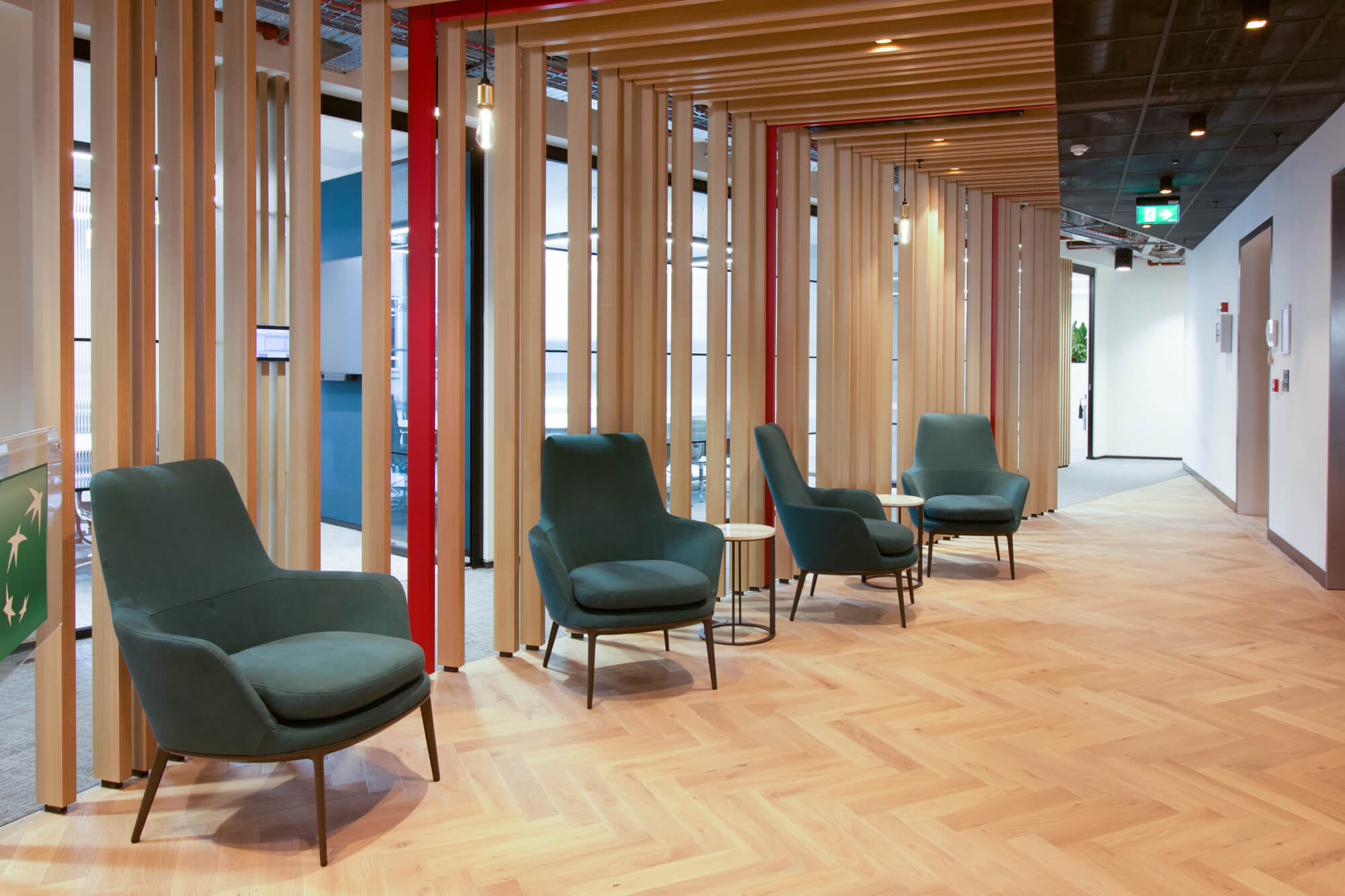
Why Product Compliance Matters More Than Ever
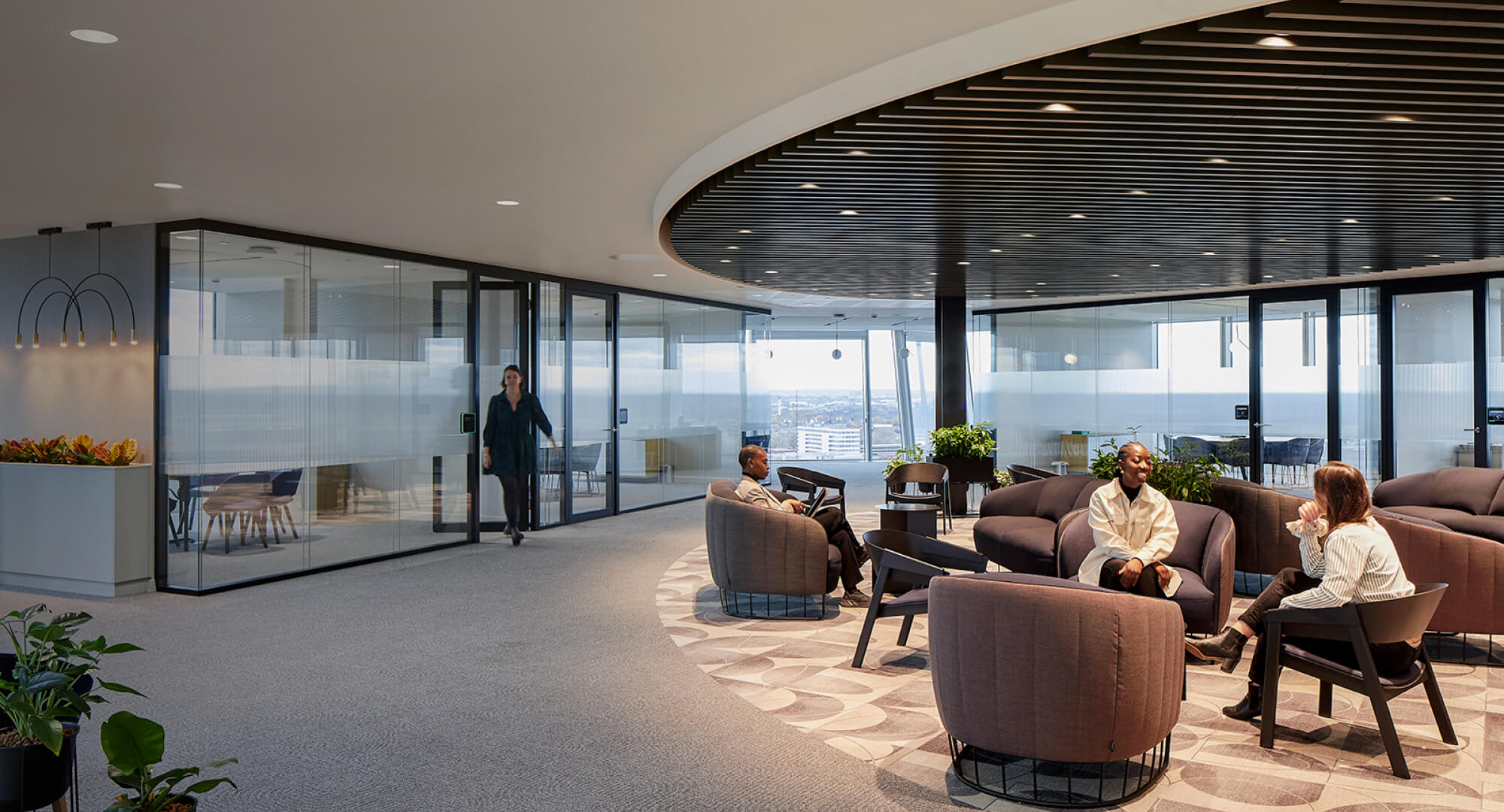
How to specify MaxiBeam for your budget and sound solutions?
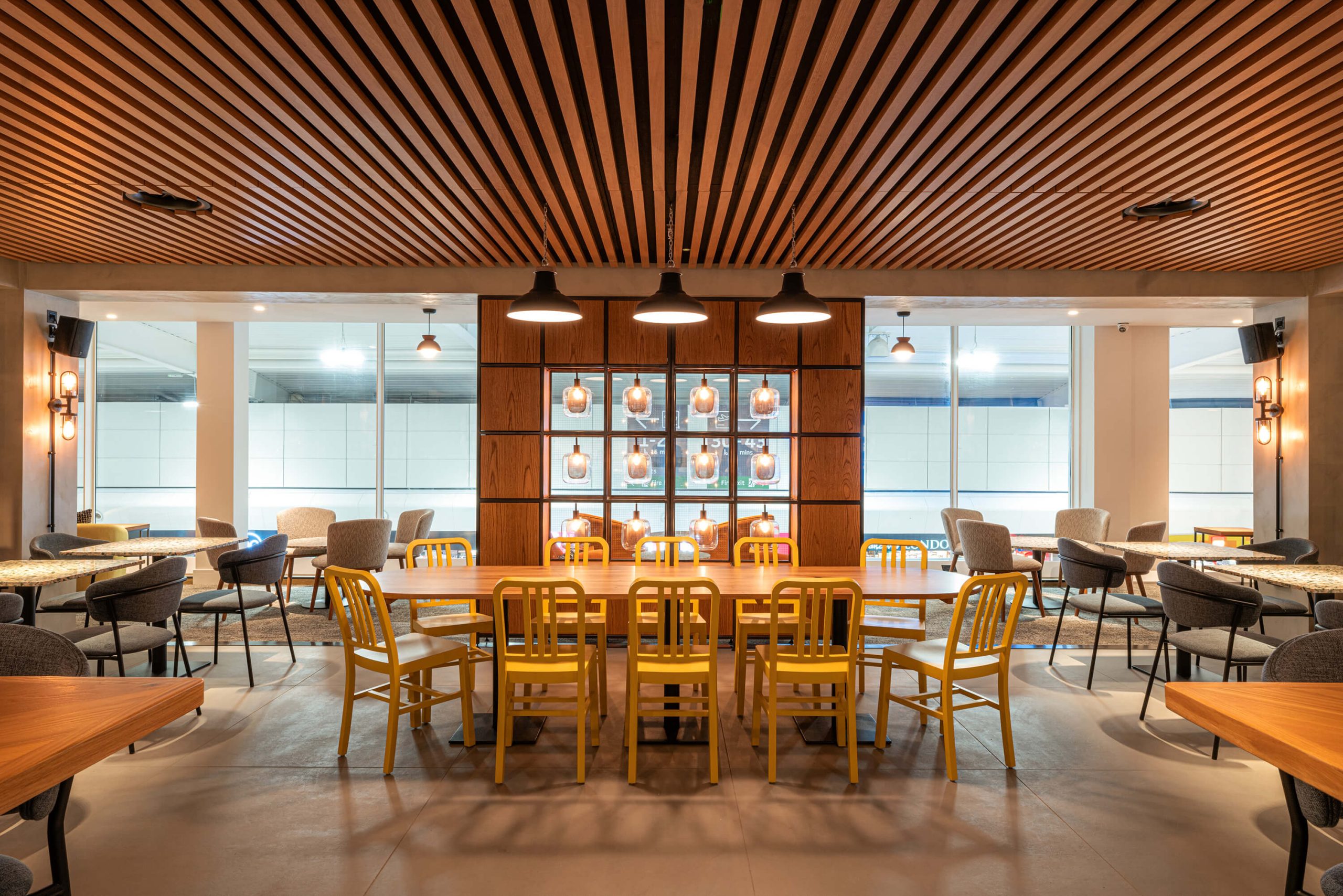
How to customise and specify for your slatted walls and ceilings
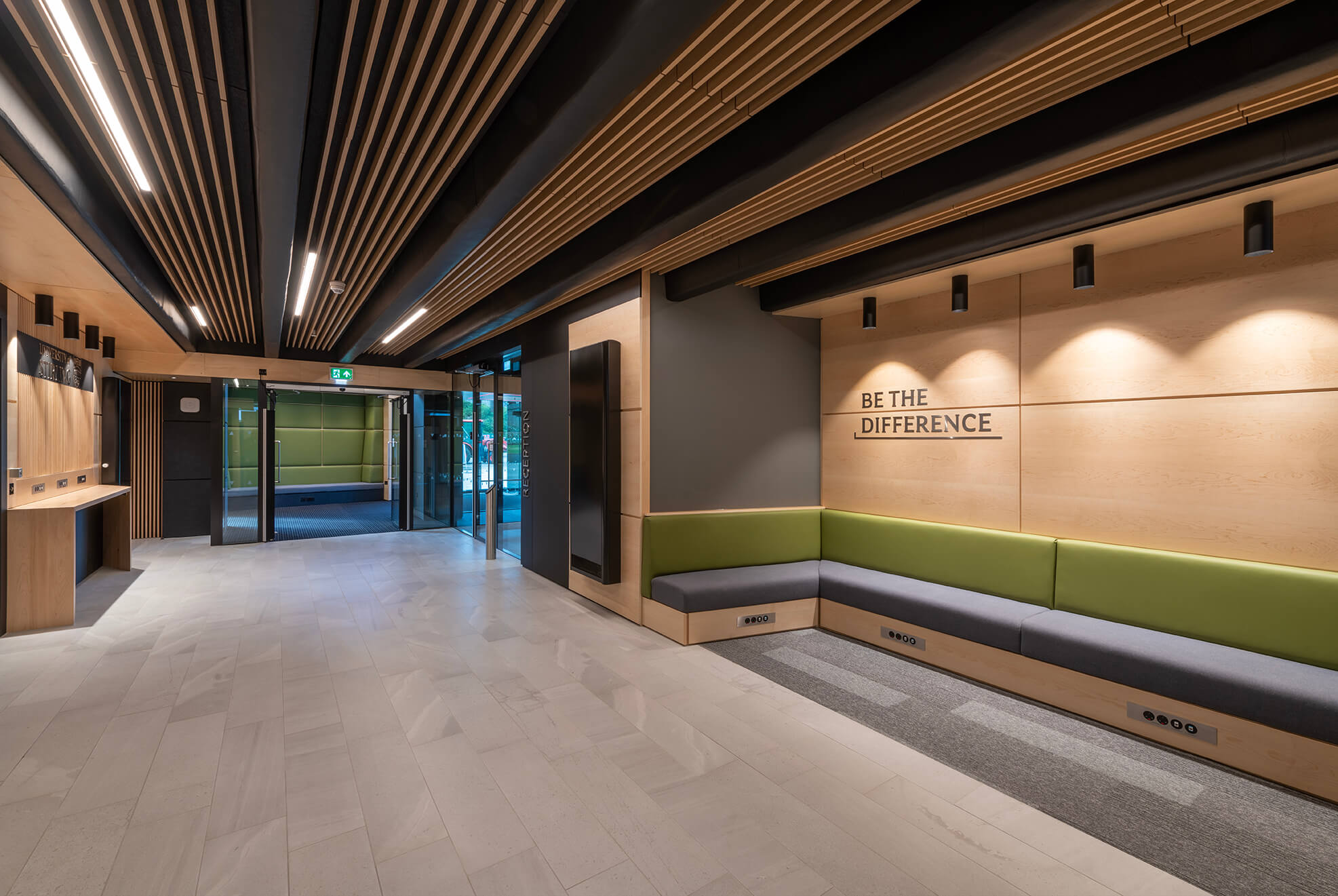
Bring Harmony and Balance to your walls and ceilings
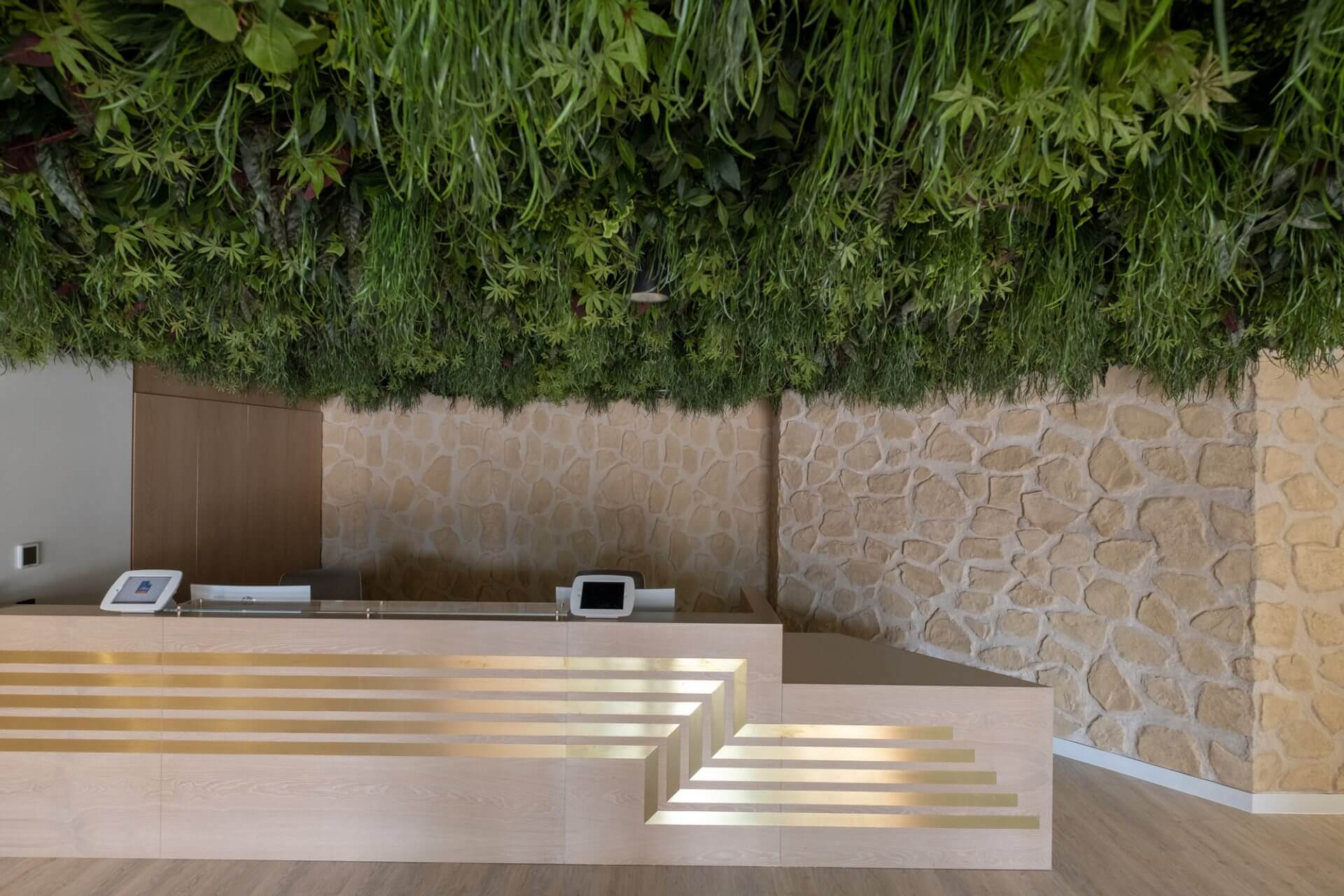
What ways do Stone Wall Panels create lasting beauty in commercial spaces?
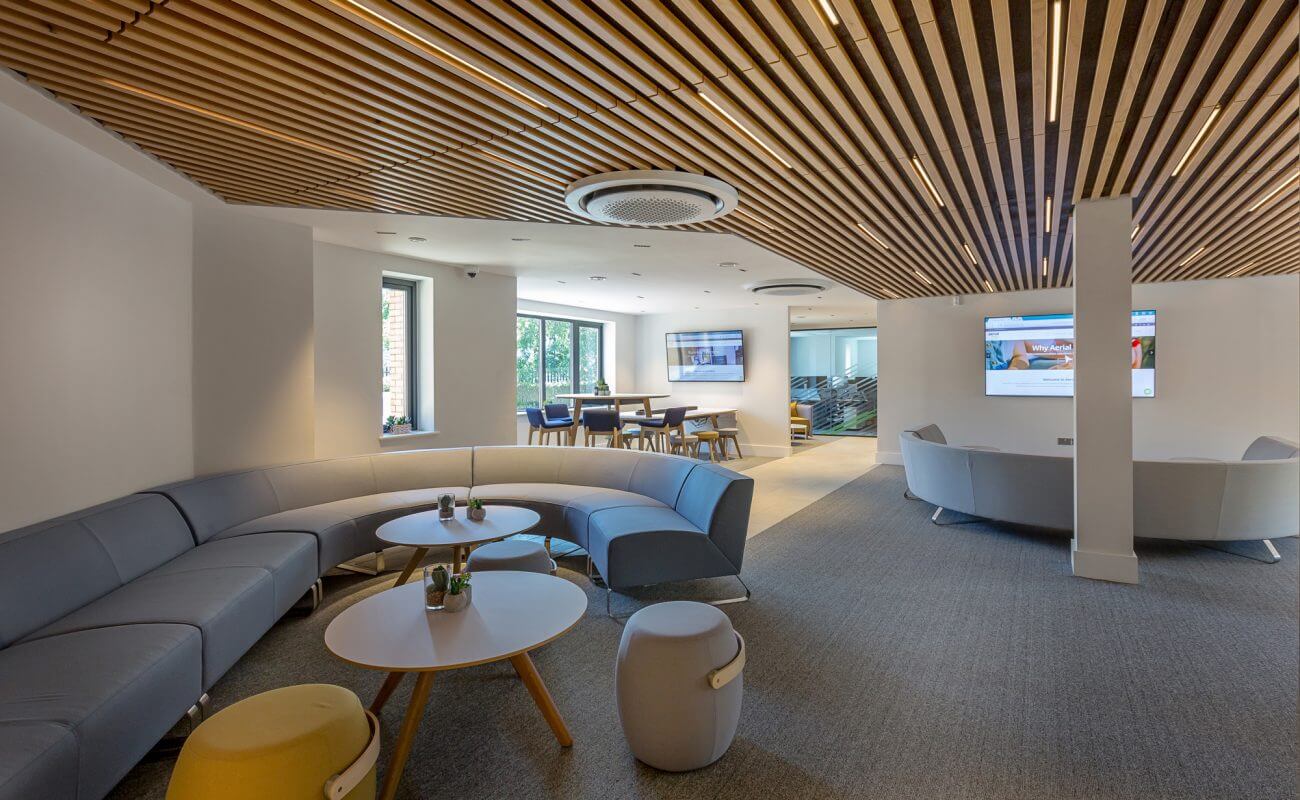
How to blend performance and beauty in Fire Rated Ceiling Designs
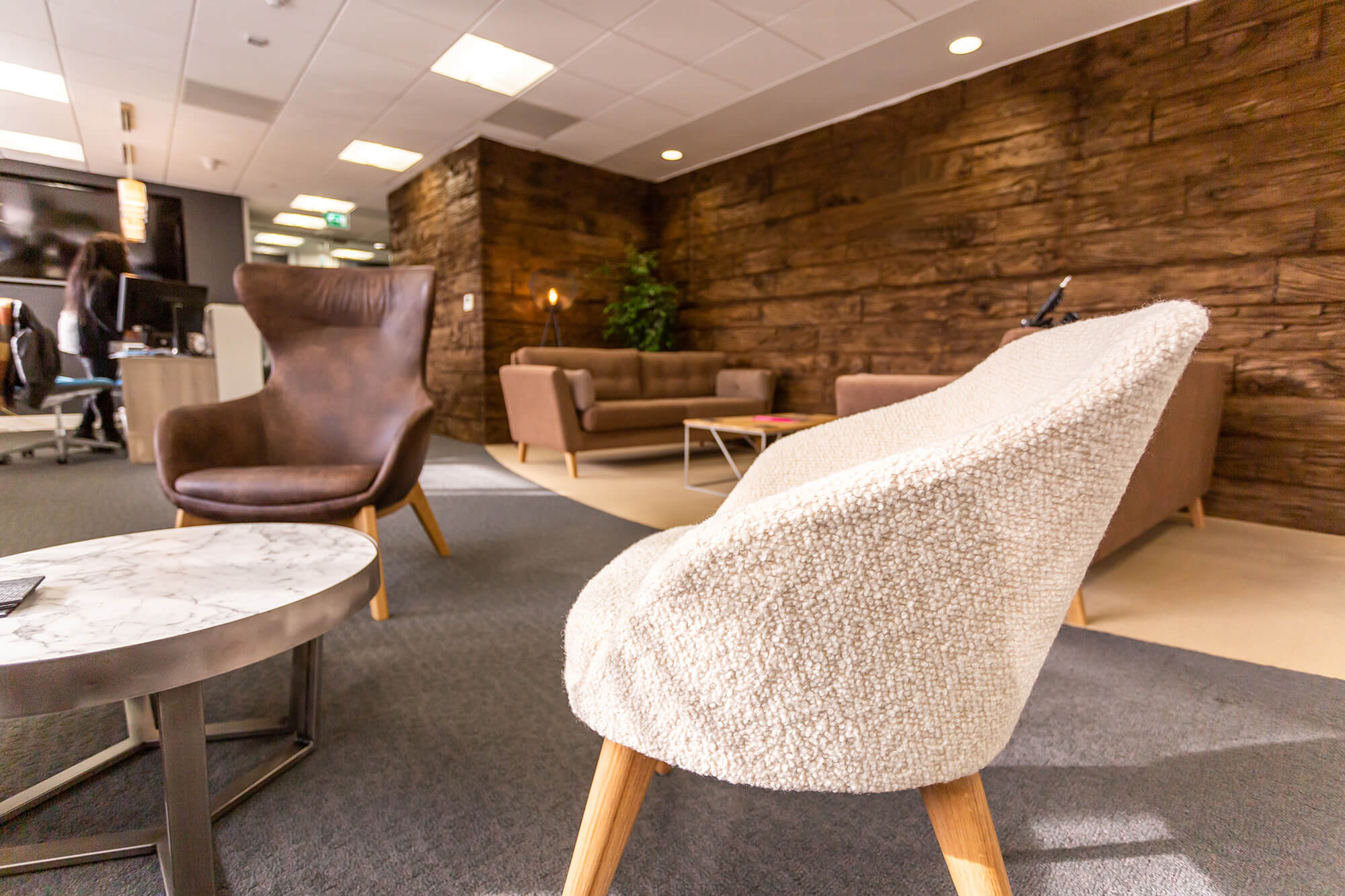
The Future of Biophilia with Timber Texture Wall Panels
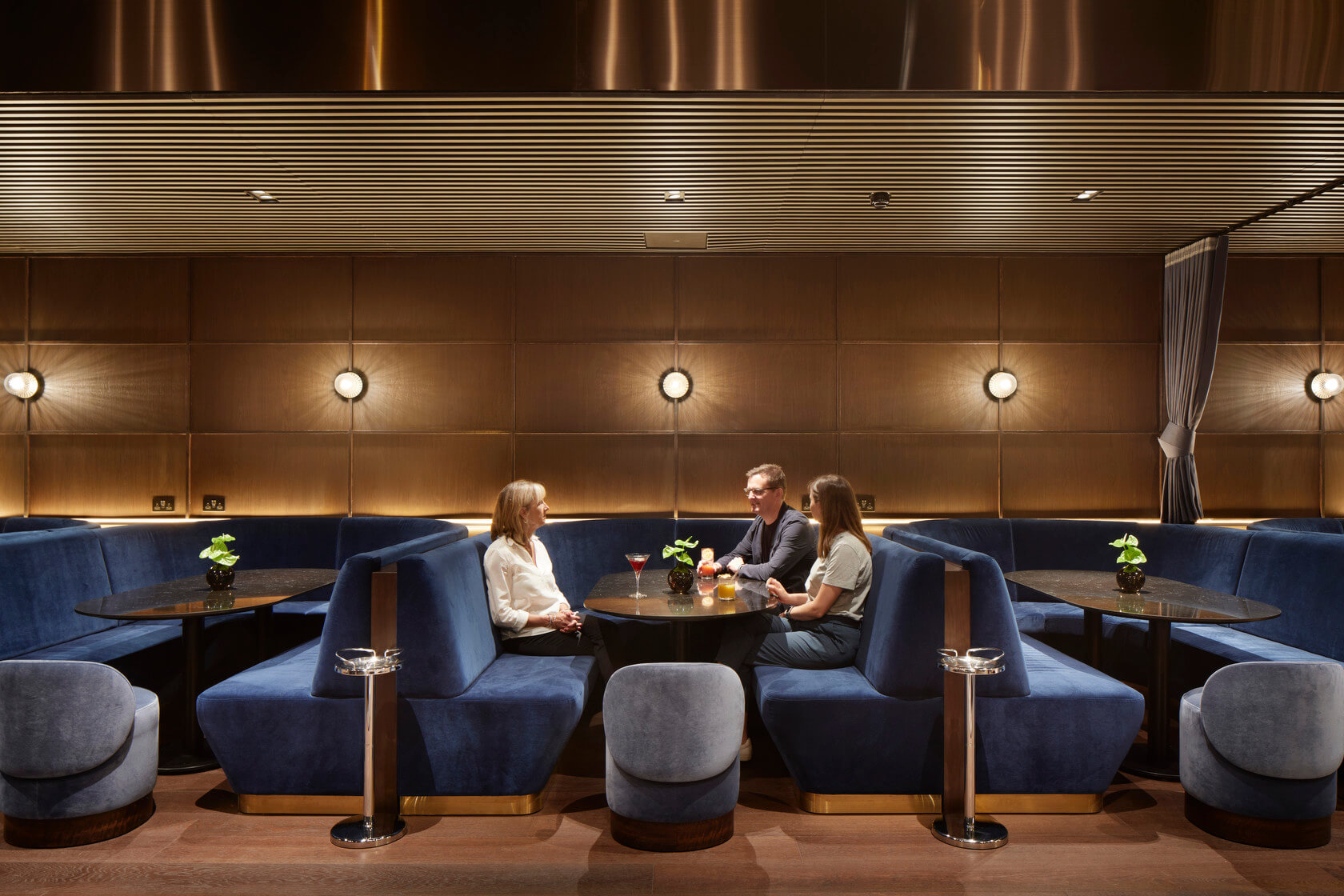
What acoustic solutions are there to create a superior atmosphere?
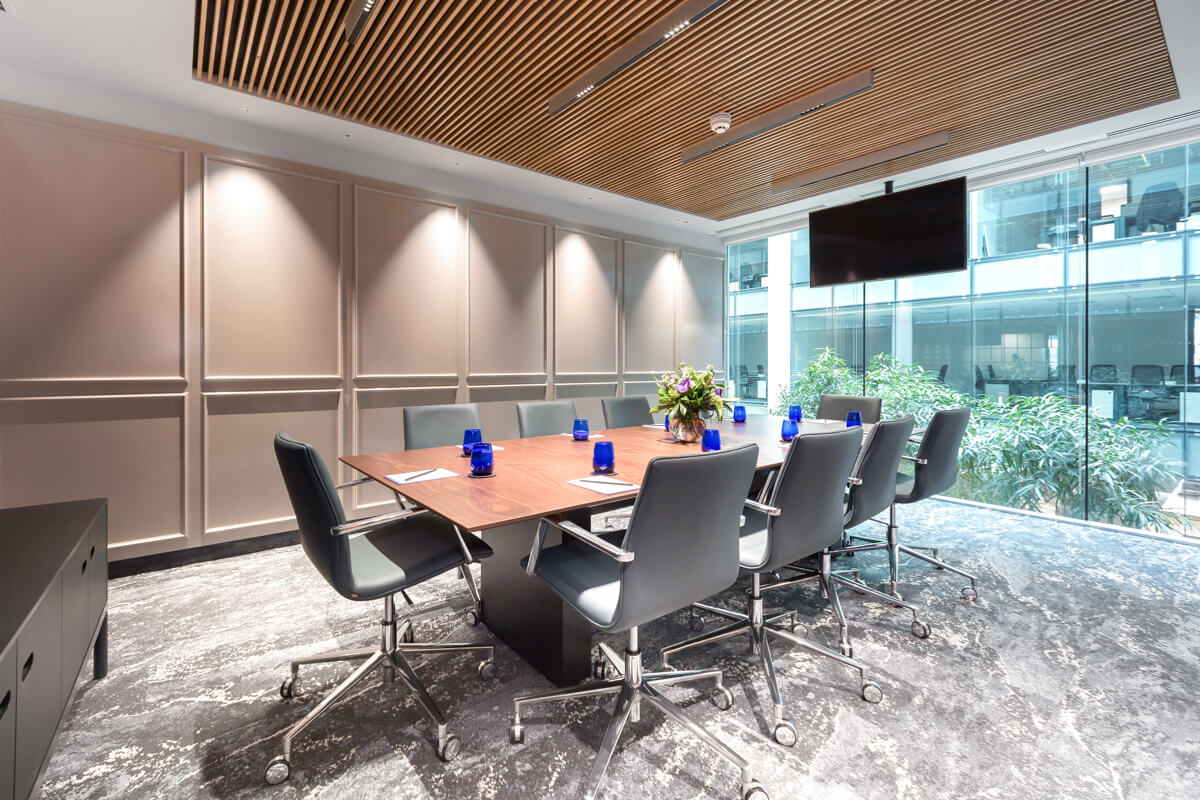
5 Interior Architectural Trends you need to know
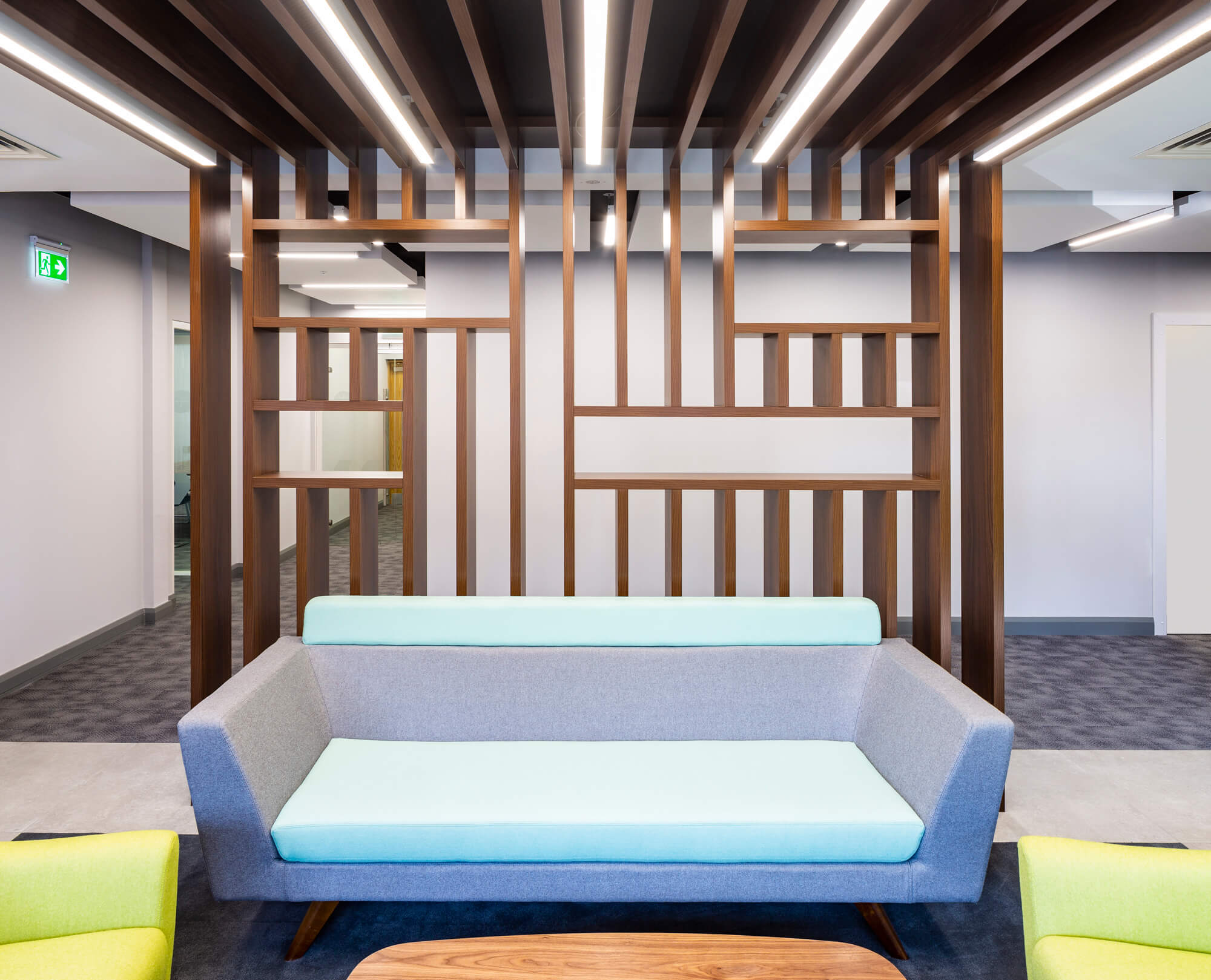
Vertical Screens in the Office
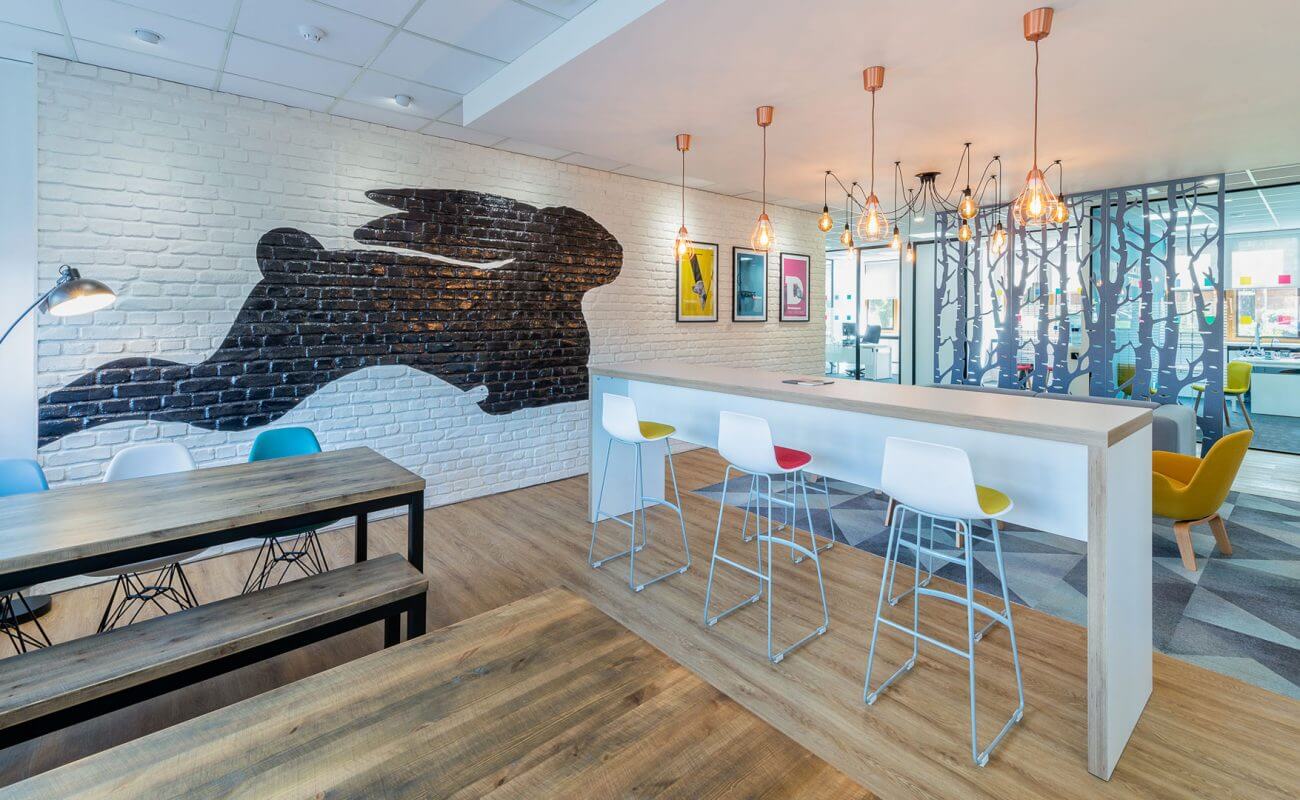
How to add huge interest to commercial walls quickly and easily?